Positional brachycephaly is a cranial deformity consisting of a more or less symmetrical flattening of the entire back of the head .
A baby is considered to have brachycephaly when the width (distance from ear to ear) of its skull exceeds 81% of its length (front to back).
The head of these babies is shorter than normal, and to compensate, it can be wider when viewed from the front or taller when viewed from the side.
In some cases the cranial index is very high, between 90 and 100, which gives rise to a practically square head.
The following features are characteristic of brachycephaly :
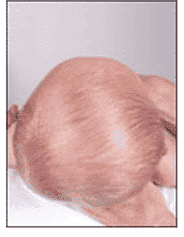
Top view
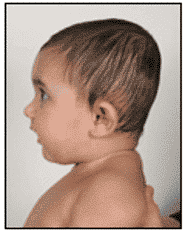
Profile view

Front view
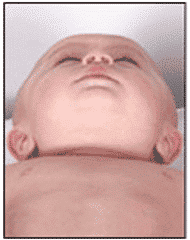
View from below
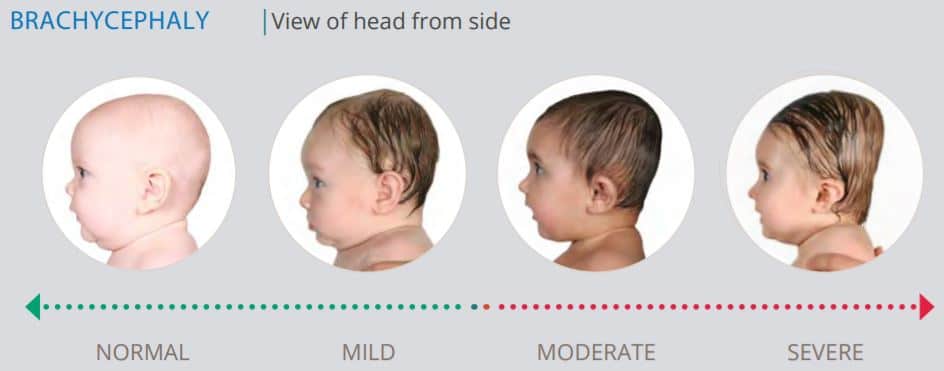
Brachycephaly can often be confused with plagiocephaly (also known as flat head syndrome). If you want to know more about
how to identify if your baby has a brachycephaly, or other cranial deformity this guide can help you distinguish the main distinguishing features of the main cranial deformities.
If your baby is between 4 and 18 months old, the best treatment for brachycephaly is a dynamic brace (cranial orthosis).
The treatment consists of using a custom-made orthopedic helmet to take advantage of the growth of the head and thus correct the deformity.
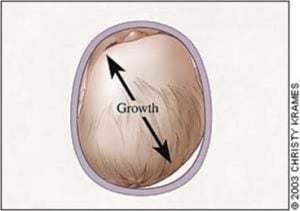
The treatment requires a series of regular visits to the specialist, who will make modifications to the helmet, depending on the growth of the skull.
This treatment is possible thanks to the fact that the fontanelles are more or less open during the first 2 years of life fontanelles of the skull are more or less open during the first 2 years of life, enough to be able to remodel the lost shape.
The treatment has an average duration of 4 months. It is advisable to treat brachycephaly as early as possible.
Learn more at more about the treatment.
With the use of the dynamic orthopedic helmet DOC Band® the treatment of plagiocephaly is easy, safe and comfortable for your child. This helmet has enabled the recovery of more than 300,000 babies worldwide. See the results.
It is usually seen in well-lived infants who sleep a lot and almost always face up.
Babies who sleep on their backs are more likely to have brachycephaly.
Infants with brachycephaly are usually hypotonic and have motor retardation.
We invite you to read the section detailing the consequences of untreated consequences of untreated cranial deformities
Doc Band® is an orthopaedic helmet that has been scientifically proven to be effective. Here are the scientific articles:
Dr Pinyot and his team have more than 35 years of experience and have treated over 4.200 cases of skull deformities.
These images show the results of the helmet theraphy with DOC Band® orthopedic helmet
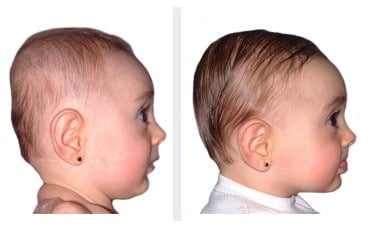
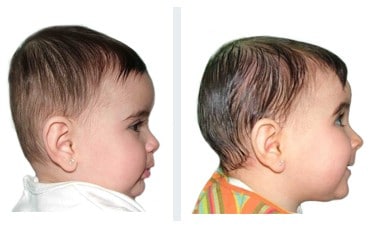
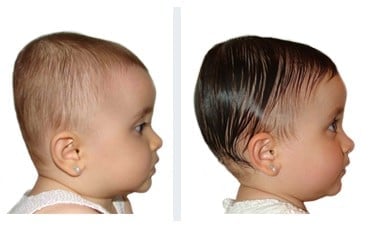
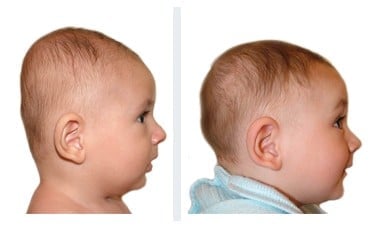
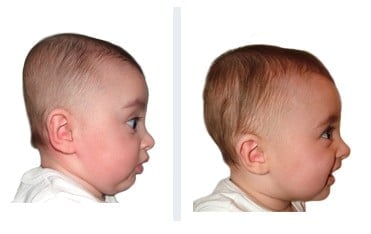


Experts in the diagnosis and treatment of skull deformities with DOC Band® method
INFORMACIÓN BÁSICA SOBRE PROTECCIÓN DE DATOS | |
Responsable | Dr. Joan Pinyot Garròs (en adelante, “European Craniofacial Medical Center”) |
Finalidad | Gestionar las solicitudes de diagnóstico inicial sobre deformidades craneales en bebés realizadas través del formulario web habilitado. |
Legitimación | Consentimiento del interesado/a. |
Destinatarios | No se cederán datos, salvo imperativo legal. |
Derechos | Acceder, rectificar y suprimir los datos, así como otros derechos, como se explica en la información adicional. |
Información adicional | Puede consultar la información adicional y detallada sobre Protección de Datos en este enlace. |
Antes de rellenar el formulario debe leer la información de nuestra política de protección de datos y nuestra condiciones de uso.
INFORMACIÓN BÁSICA SOBRE PROTECCIÓN DE DATOS | |
Responsable | Dr. Joan Pinyot Garròs (en adelante, “European Craniofacial Medical Center”) |
Finalidad | Dar respuesta a las solicitudes de contacto enviadas a través del formulario web habilitado. |
Legitimación | Consentimiento del interesado/a. |
Destinatarios | No se cederán datos, salvo imperativo legal. |
Transferencias Internacionales | No se realizan transferencias internacionales de datos. |
Derechos | Acceder, rectificar y suprimir los datos, así como otros derechos, como se explica en la información adicional. |
Información adicional | Puede consultar la información adicional y detallada sobre Protección de Datos en este enlace. |
You need to load content from reCAPTCHA to submit the form. Please note that doing so will share data with third-party providers.
More Information